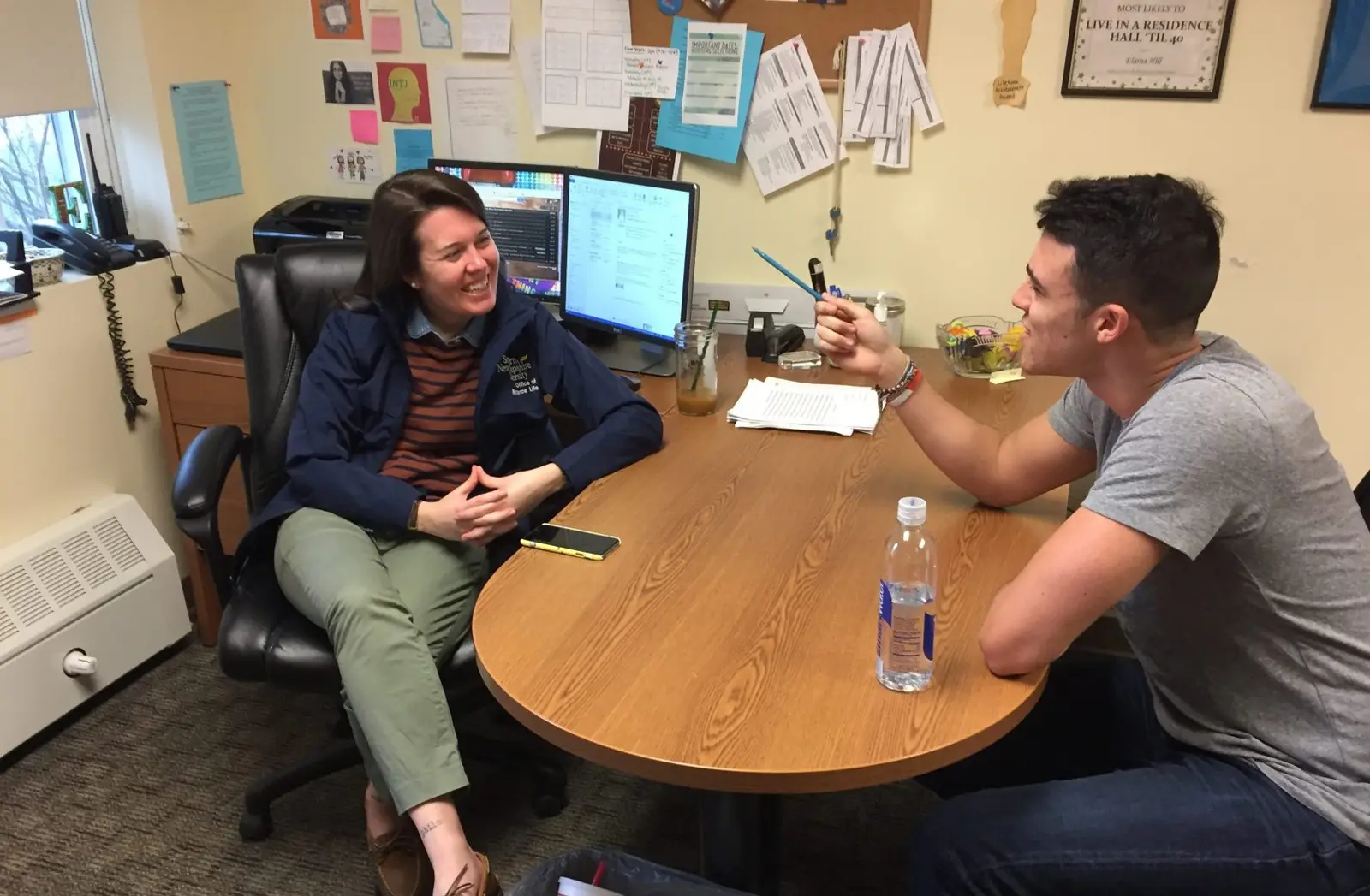SNHU’s nationally accredited arboretum goes unnoticed by a large portion of the campus population. The arboretum is located across from the Gustafson Center on the south side of campus. The 25 acres of campus have been protected, studied, and loved by science professors and students and the sustainability team. It is also the only accredited arboretum in New Hampshire.
“The arboretum provides hands-on, experiential learning opportunities that SNHU students appreciate,” said Michele Goldsmith, Professor of Science.
STEM students from a variety of classes utilize the arboretum to conduct research and experiments on the different species of plants and animals, as well as the health of the wetland area.
Many students’ favorite arboretum usage is the mushroom research project done in Botany with Dr. Katharine York.
“The ability of science students to convey information to non-science students is the best part of the project,” said York.
Technology is used to help aid research and identify native and invasive species in the space. This helps not only to acquire educational data but also to identify what SNHU can to do to protect the fragile aspects of the ecosystem.
One of the biggest threats to the arboretum is invasive species. The I93 runs closely along one side of the space and is thought to be a large contributor to the introduction of some of these species. The hope is that, in the coming years, better technology will allow SNHU to better monitor and tend to the ecosystem by taking these invasive species out and strengthening the native population.
Having the arboretum on campus provides a living laboratory that cannot be fabricated in a classroom or lab setting. The future steps for the space include expanding the trail network and creating a more comprehensive catalog of the flora and fauna native to the area. It is encouraged to use the space and enjoy an untouched piece of campus while keeping in mind the health of these ecosystems.




